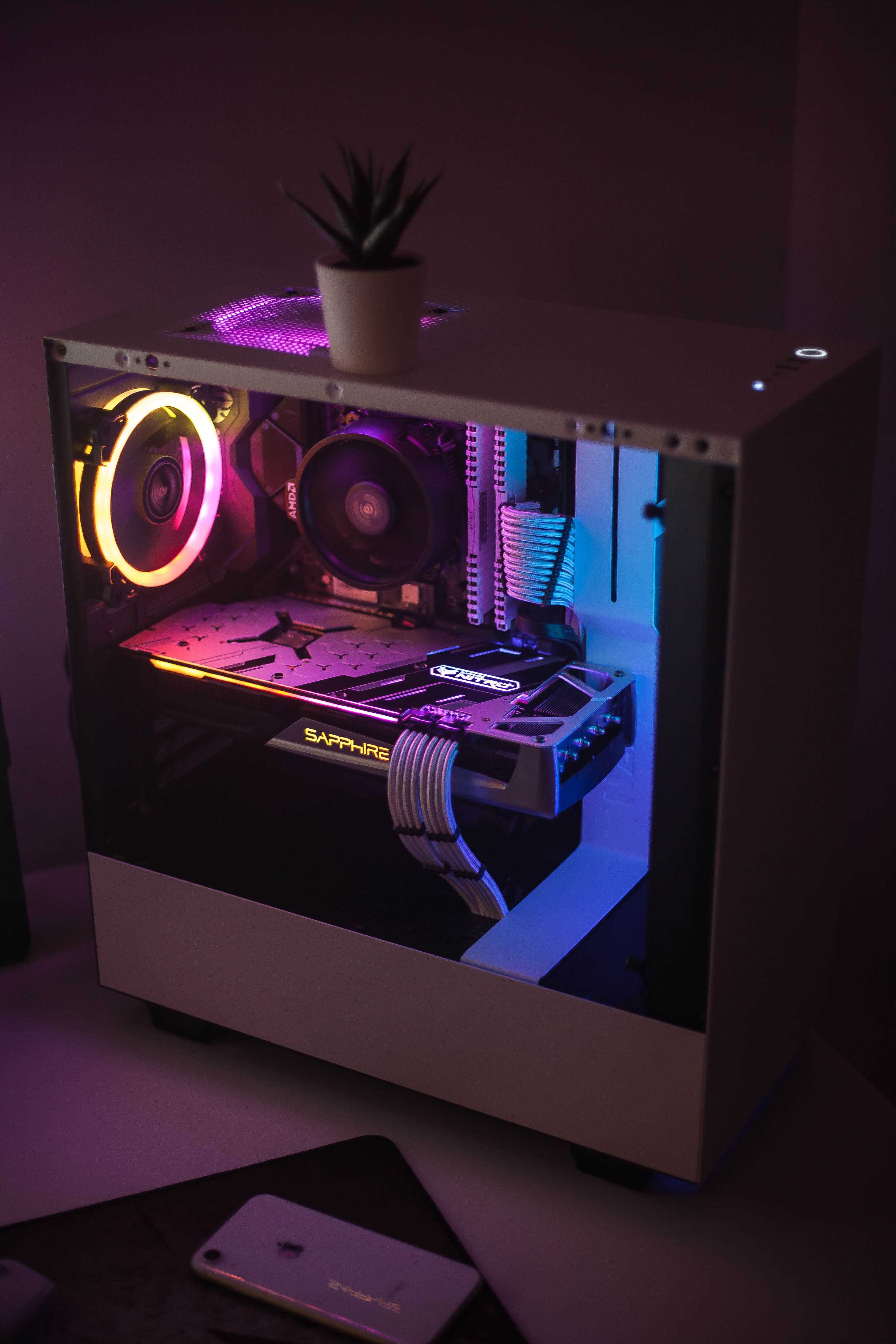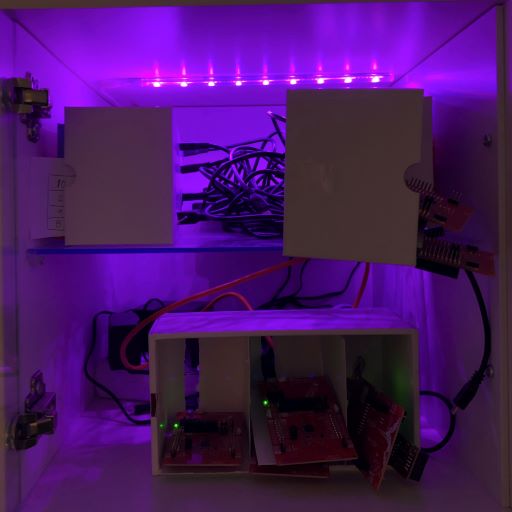The Thingsquare IoT platform supports wireless IPv6 networking both in the 2.4 GHz band and in the sub-GHz band.
But what does sub-GHz wireless networking mean?
In this article we look at the different aspects of sub-GHz networking that make it stand out among its competing technologies WiFi and Bluetooth:
This comes at a price of a slower transmission speed.
The most commonly used standard for sub-GHz packet radios is IEEE 802.15.4g.
In terms of hardware, there are several single-chip solutions available with a price point below $3 USD for orders of 1000 units.
Frequency – the physics
Sub-GHz networking gets its name from the fact that the radio frequency is lower than 1 GHz. But for most purposes, the frequency is not important to the understanding of sub-GHz networking. The one thing to know is that the actual frequency is different in different parts of the world.

Unlike WiFi and Bluetooth, that both use the same 2.4 GHz band everywhere in the world, the frequency bands used for sub-GHz networking are different in different parts of the world. This is because of historical reasons around the regulation of frequency bands. The Americas, most of Asia, and Oceania uses 915 MHz as the center frequency whereas Europe, Africa, and other parts of Asia use 868 MHz.
The regulations for the two frequency regions are slightly different but share many similarities. A transmitter may not use the channel without checking to see if someone else is using it first. And a transmission may not linger for too long on a single frequency.
Thingsquare uses channel hopping both to comply with the regulations and to avoid interference from other communication on the same frequencies. With channel hopping, each network will synchronize themselves and quickly switch frequencies so that interfering communication will not be disturbed.
Range
The range of sub-GHz networking is longer than WiFi and Bluetooth, given the same antennas and transmission power. This is because the lower radio frequencies in sub-GHz networking is not absorbed by physical matter as much as 2.4 GHz signals.
The typical range of a WiFi transmitter can be up to some 50 meters (150 feet) indoors and 100 meters (300 feet) outdoors. Bluetooth has a shorter range and typically will only go some 10 meters (30 feet) indoors.
In contrast, sub-GHz networking can easily reach several hundreds of meters indoors and, depending on the conditions, several kilometers (miles) outdoors.
One other reason for the longer range for sub-GHz is that it typically is run at a lower speed than WiFi and Bluetooth. In the Thingsquare platform, we use a raw data speed of 50 kbit/second, which gives us the range stated above. In theory, it is possible to tune down the speed even more to get a longer range, but we have found 50 kbit/second to be a good compromise between speed and range.
The long range makes sub-GHz networking a good technology to use for Internet of Things applications. In IoT systems, the raw bit rate is not a major issue, since the data that is sent is relatively small.
Automatically extend the range with mesh networking
To extend the range of the sub-GHz network farther, we use a technique called IPv6 mesh networking in the Thingsquare platform.

A sub-GHz mesh network used in a street lighting system powered by the Thingsquare IoT platform.
With mesh networking, the network can be extended simply by adding more nodes to the network. The network will automatically discover the way to reach each node in the network. And if the nodes change position, the network will update its routes. This is done by a network protocol called RPL.
Mesh networking allows us to build extremely large networks, where routes can go through many hops to cover its area.
Power
The power consumption of a sub-GHz radio chip is similar to that of comparable 2.4 GHz equivalents. But sub-GHz radio chips typically use less power than WiFi or Bluetooth chips.
The power consumption of low-power radio chips is, somewhat surprisingly, not dominated by the radio transmission power. Rather, the most power is consumed by the parts of the circuit that is responsible for encoding and decoding the radio signal. This means that the radio consumes almost as much power in receive mode as when transmitting a signal.
The radio transceiver must be switched completely off to achieve low-power operation. It is not enough to set it to a listening mode.
This is a critical aspect of making a radio node running on batteries. The device must be completely off unless it is ready to receive a packet.
To achieve mesh networking under those conditions, mesh routers must run a special wake-up mechanism that only keeps the radio on for a very brief time when listening for an incoming packet, and switching it off again after sending its packet.
Hardware
There are several single-chip solutions for sub-GHz networking.
The chips that we most frequently use at Thingsquare is the CC1310, CC1350, and CC1352 from Texas Instruments. These chips contain a sub-GHz radio as well as ARM Cortex-M3 microprocessor core on the same chip.
The radio on the CC1350 and CC1352 additionally can be turned into a Bluetooth radio, making it extremely versatile. In the Thingsquare platform, we use the Bluetooth capabilities to securely announce nearby devices. These announcements can be picked up by nearby smartphones, who decrypt them and thereby identify their presence.
The sub-GHz single-chip solutions from Texas Instruments have a cost below $3 USD, and there are several ready-made modules with built-in antennas.
Conclusions
Sub-GHz networking has a longer range and a lower power consumption than the more well-known WiFi and Bluetooth protocols. Unlike WiFi and Bluetooth, who both operate on the 2.4 GHz band, sub-GHz operates on the 868 MHz or the 915 MHz bands, depending on where in the world they run.
Because of the long range and low power consumption, sub-GHz networking is particularly well-suited to Internet of Things applications. Single-chip solutions for sub-GHz networking are widely available at low costs.
 Adam Dunkels, PhD
Adam Dunkels, PhD 
 What is an IoT Prototype and Why Build One?
What is an IoT Prototype and Why Build One?